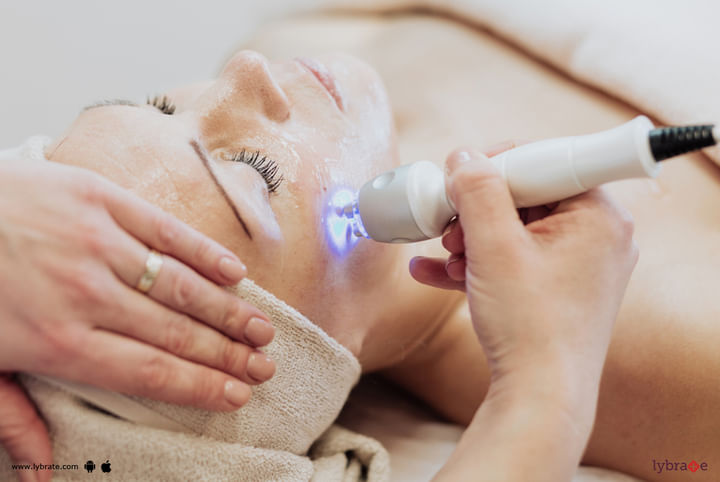Laser & Acne Scars - How Can Former Help Latter?
Once acne heals, it can leave behind acne scars that consist of clogged pores such as blackheads and whiteheads, deeper cysts and pimples.
What can cause acne scars?
Acne causes inflammation and often results in wounds and damages to your skin, thus breaking down elastin and collagen. After the wounds heal, much of the collagen is left behind which causes acne scars. This makes your skin appear uneven. In addition, post-inflammatory hyper-pigmentation (PIH) is also caused by acne. Consequently, there is overproduction of melanin, causing skin discolouration.
Why scar treatment?
If not treated on time, acne scarring may lead to extreme embarrassment, low self-esteem, depression and social withdrawal. Acne scars can be corrected by an acne dermatology treatment. .
Types of acne scars
Depending upon the depth and area of the damage caused to the skin, the acne scars may include rolling acne scars, boxcar acne scars, icepick acne scar and raised acne scars.
Acne Scar Removal
Firstly, the formation of new acne should be kept in check. Depending upon the characteristics of the skin and scars, scar removal is customized. If the scars are few and less aggressive, it can be treated by fillers that can be injected into your skin. If the scarring happens to be heavy and more aggressive, surgical treatment might be needed, one of which is the laser treatment.
Laser treatment of scars (Skin Surfacing)
- Fraxel Repairing is a part of the CO2 Laser treatment which removes the blemishes caused by acne, stretch marks and hyper-pigmentation. It stimulates your body’s natural ability to produce collagen, rejuvenates the cells and smoothens the surface of the skin.
- Active FX, also called MaxFX, is a fractional treatment by laser for treating loose skin, facial lines and hyper-pigmentation.
- Erbium is a type of laser used for the removal of moderately deep lines and superficial skin, surrounding the hands, face, chest and neck
- People with a darker skin tone should not go in for skin surfacing. For smaller areas, topical anesthetics are used and for larger ones, a nerve block or sedation is used.
Potential Complications
Potential side effects include a burning sensation, swelling, itching, scarring, obstruction of sweat glands causing raised bumps on the skin, infection or pigmentation issues.
After Care
You will have to get the area dressed, soaked, and apply an ointment daily till it heals completely.



+1.svg)
